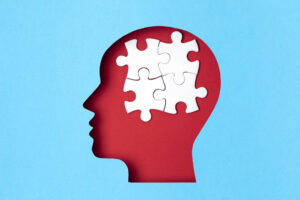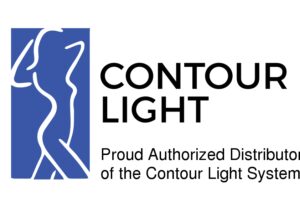 Your patients look to you for guidance when it comes to their overall health, including the intricate workings of their brains. Red Light Therapy offers a promising new avenue in brain health support, potentially helping with everything from injury recovery and memory to mood and energy. But how does it work, and what does the science say?
Your patients look to you for guidance when it comes to their overall health, including the intricate workings of their brains. Red Light Therapy offers a promising new avenue in brain health support, potentially helping with everything from injury recovery and memory to mood and energy. But how does it work, and what does the science say?
We understand your need for reliable, research-backed information to make the best decisions for your practice. That’s why we, as a leader in Red Light Therapy technology, want to share the latest insights into this potential game-changer for brain health.
How Does Red Light Therapy Work on the Brain?
Red Light Therapy, specifically using wavelengths near 635nm and 880nm, works by stimulating the mitochondria within our cells. Think of these mitochondria as tiny powerhouses that fuel cellular processes. In the brain, red light may improve energy production in neurons, promoting repair and reducing inflammation that can hinder function.
Additionally, Red Light Therapy may encourage the release of nitric oxide. This molecule helps relax blood vessels, boosting blood flow to the brain, which brings essential oxygen and nutrients for optimal performance.
Benefits of Red Light Therapy for the Brain
Recent research published in the National Library of Medicine by Dr. Michael Hamblin on red light therapy as a potential treatment for TBI, Cognitive Issues, Depression, and Anxiety has shed light on the remarkable benefits of Red Light Therapy, particularly for individuals suffering from traumatic brain injuries (TBI). This study focused on veterans with chronic TBI, revealing that Red Light Therapy, applied through LEDs on the scalp, significantly enhanced cognitive functions and increased blood flow within the brain.

While the research is still developing, it suggests Red Light Therapy might be helpful in several key areas:
- Neurological Conditions: Studies are exploring its use in conditions like traumatic brain injury, stroke recovery, and neurodegenerative diseases. Researchers believe its ability to improve cell function and reduce inflammation holds promise for both rehabilitation and potentially slowing the progress of some diseases.
- Mental Health: Early research hints at potential benefits for depression and anxiety. Red light may help regulate neurotransmitters involved in mood, and its calming effect on the nervous system could play a role.
- Improved Cognitive Function: Several studies indicate red light could lead to enhanced memory, focus, and faster processing speeds. This benefit may stem from increased energy availability in brain cells and improved communication between neurons.
The simplicity and effectiveness of Red Light Therapy, as demonstrated by this research, suggest a promising avenue for treating brain-related conditions without the need for medication or invasive procedures.
Is Red Light Therapy Safe for the Brain?
When delivered according to well-established protocols, Red Light Therapy is considered very safe. Unlike some medications, there are minimal side effects reported. It’s crucial to choose high-quality devices designed specifically for this purpose, ensuring appropriate light intensity and wavelengths.
It’s important to note that those with extreme light sensitivity or on photosensitive medications should consult with their doctor before undergoing Red Light Therapy.
“We are constantly learning more about the ways light interacts with the human body. The potential of Red Light Therapy for brain health is an incredibly exciting area of research that could transform the way we approach a wide range of challenges.”
– Joe Martin, CEO Contour Marketing
Adding Red Light Therapy to Your Practice
While research is ongoing, Red Light Therapy shows significant promise in supporting brain health and cognitive function. If you’re looking for a non-invasive, potentially beneficial way to expand your services, this cutting-edge option is well worth exploring.
Here’s what you need to know:
- Ease of Use: LED-based systems like Contour Light are simple to operate, even by non-medical staff with minimal training. This frees up your time while offering a valuable service to patients.
- Treatment Protocol: Sessions are typically comfortable and relaxing, ranging from 20-30 minutes. Clients may even find time for a quick nap during treatment.
- Comfortable Red Light Therapy Pads and a face/chest-decollete’ mask provide a nearly full body treatment when applied to the patient. Treatments are completely customizable and pain free. Goggles are recommended.
- ROI: Red Light Therapy adds a valuable service that complements your existing treatment offerings, creating new revenue possibilities. It has the potential to attract new clients seeking brain health support.
Contour Light Red Light Therapy offers a wide range of benefits, including the flexibility of its pad based system to comfortably wrap the skull to benefit the brain in numerous ways. This makes Contour Light a compelling choice for medical practitioners looking to expand their service offerings and improve patient outcomes.
For more information about multiplying your practice revenue with the Contour Light System, contact Joe Martin directly. You can also watch this video going over the benefits of red light therapy to hear about the device from its creator, Douglas Dreier.

